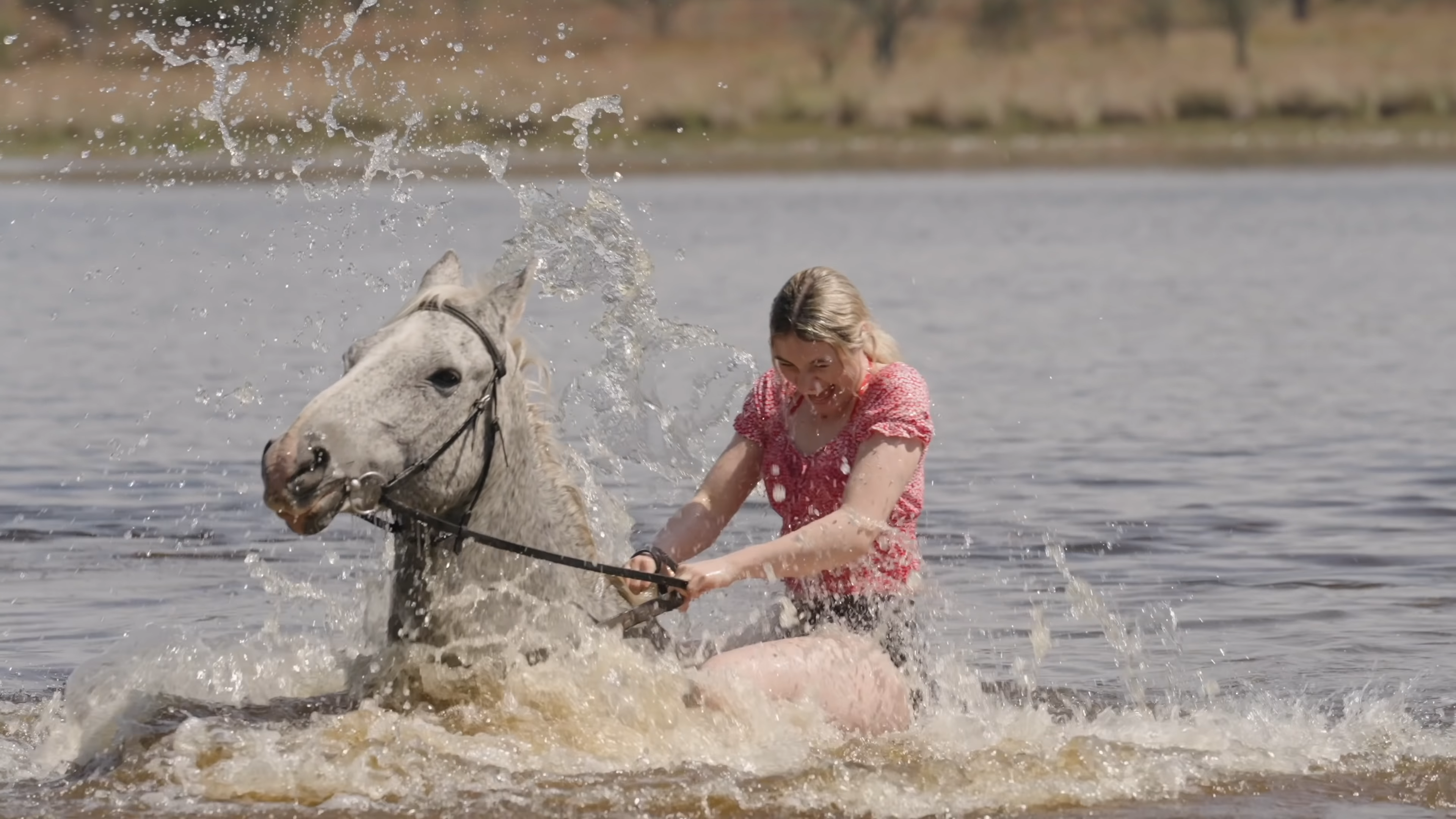Kenya Safari Travel Guide: What I Need to Know on a Safari?
Kenya Safari Travel Guide: Undoubtedly, Kenya stands out as one of the top safari destinations in Africa. Annually, it draws thousands of travellers eager to witness its exceptional wildlife habitats and events, such as the Great Wildebeest Migration.
Kenya’s gentle climate, expansive landscapes, and rich wildlife, particularly in renowned areas like the Masai Mara and Amboseli, ensure a dazzling safari adventure throughout the year.
This Safari Travel Guide ensures that it gives first-time Travellers a glimpse of a safari in Kenya before you can plan with our expert. Since 1998, we’ve been crafting bespoke journeys to this quintessential safari origin for countless international travellers. Our comprehensive Kenya safari guide offers essential planning tips, covering everything from budget considerations to prime wildlife locales, the timing of the Wildebeest Migration, and the finest accommodations.
Location & Landscape
Kenya, located in East Africa, is relatively small in size. Its capital, Nairobi, situated near the country’s center, serves as the main transportation hub. Safari enthusiasts typically arrive at Jomo Kenyatta International Airport and then transfer via Wilson Airport, which is conveniently adjacent, for their flights to various safari locations. From Nairobi, which acts as a pivotal point, one can access the key regions to the north, south, east, and west of the capital.
Northern Kenya
As you venture further north in Kenya, the landscape becomes, drier and more rugged due to receiving less rainfall than the southwestern region. Nonetheless, this area offers excellent safari experiences, with options such as Samburu National Park, Lewa Wildlife Conservancy, and Laikipia. The arid conditions are well-suited for unique species like gerenuk, the Somali ostrich, and Grevy’s zebra. Lewa Wildlife Conservancy is particularly renowned for regular and reliable rhino sightings, and on a clear day, you might even catch a glimpse of Mount Kenya and Mount Meru.
Southern Kenya
In the southern part of Kenya, bordering Tanzania, you can find the best views of Mount Kilimanjaro, the highest peak in Africa. Although Kilimanjaro lies in Tanzania, Kenya’s Amboseli National Park offers incredible vantage points due to its proximity to the border. This region of Kenya is characterized by a wetter climate and diverse terrain, with Amboseli featuring a mix of open savannah, wetlands, woodlands, and hills, providing a habitat for a wide variety of wildlife. Additionally, the area is home to attractions like the Chyulu Hills and Tsavo East and West National Parks. Further south along the coast, you’ll find some of Kenya’s finest beaches, such as Diani and Galu, known for top beach lodges and water sports like kitesurfing. Funzi Island is also a great spot for snorkelling and diving.
Central Kenya
Nairobi serves as the usual starting point for Kenya safari itineraries due to its status as the country’s logistical hub. The surrounding area features numerous conservation areas, with Nairobi National Park, Lakes Nakuru and Naivasha, and the Aberdare Mountains being the most popular. The landscape is lush and verdant during the rainy season, and the lakes are home to a diverse array of birds and wildlife.
Western Kenya
The Masai Mara National Reserve in western Kenya is renowned for its exceptional year-round game viewing and the annual Wildebeest Migration. From about August to November, hundreds of thousands of wildebeest and zebra migrate to the reserve, attracting Africa’s top predators and high numbers of visitors. The open, flat savannah of the Masai Mara provides excellent grazing, making it a prime location for the great migration. The wide landscape is characterized by green grass that turns golden as the seasons change, attracting a variety of wildlife, including giraffes, topi, Thomson’s gazelles, and flat-topped acacia trees.
[maxbutton id=”1″]
Wildlife Safari Expectations in Kenya
Kenya is renowned as a safari destination due to its exceptional year-round wildlife viewing, moderate climate, and expansive landscapes. It attracts bird watchers and photographers alike, with the Masai Mara serving as an ideal spot for those new to safaris for several reasons:
The Wildebeest Migration
Considered Kenya’s premier wildlife spectacle, approximately two million wildebeests, along with zebras and gazelles, traverse the Mara River into the Masai Mara National Reserve in search of fresh pastures. They typically remain for four to five months, grazing the Mara from around August to November before returning to Tanzania’s Serengeti National Park.
The Big 5
Kenya is home to the Big 5—lions, leopards, buffaloes, elephants, and rhinos—but spotting them all in one location is challenging. Rhinos, in particular, are elusive, and while some reside in the Masai Mara, sightings are rare.
Leopards, lions, buffaloes, and elephants are more commonly observed. The migration draws numerous predators, and while not part of the Big 5, cheetahs are perfectly suited to the Mara’s open plains, making their high-speed hunts a captivating sight.
For rhino sightings, Lewa Wildlife Conservancy is the place to be. Its effective conservation efforts have allowed these majestic creatures to flourish. Lewa safeguards the critically endangered black rhino, as well as the endangered Grevy’s zebra and wild dog. Another excellent location for rhino conservation is Ol Pejeta Conservancy in the Laikipia region, which shelters two of the last northern white rhinos and serves as a refuge for the endangered black rhino.




